MORE TO SHIP FREE 🚚
NICE. SHIPPING IS FREE 🎉
MORE TO REDEEM GIFT 🎁
YAY. REDEEM A FREE GIFT 🥳
YOUR CART IS EMPTY. SHOP NOW.
Microchipping dogs has several benefits and is considered a responsible practice by many pet owners and veterinary professionals. Here are some reasons why microchipping dogs is recommended.
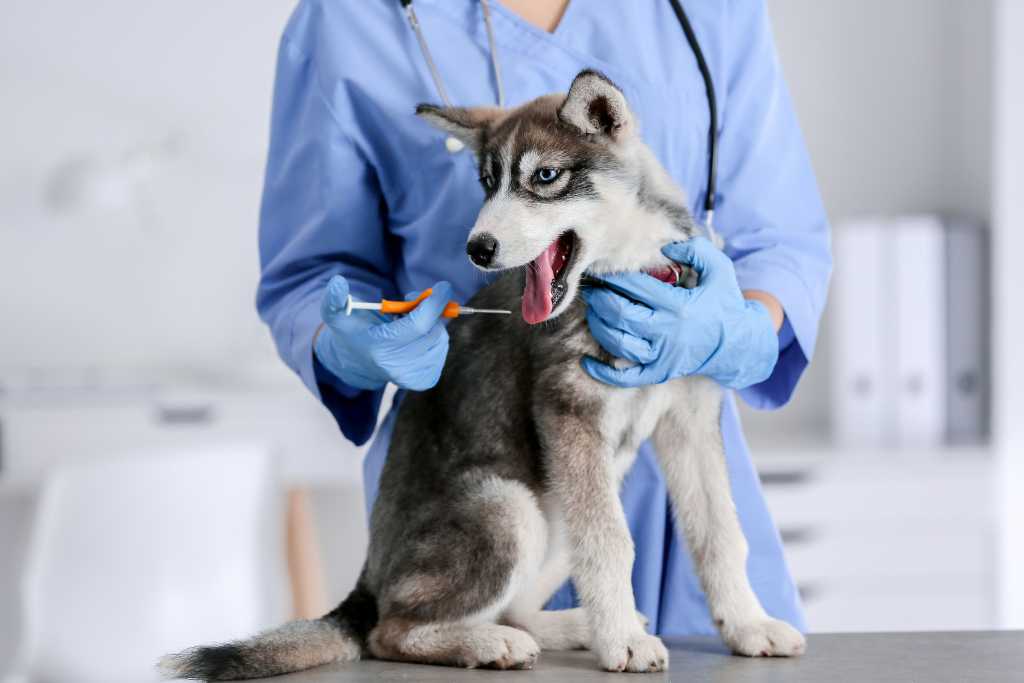
Microchipping dogs is an essential practice that provides a permanent and reliable form of identification for your beloved furry companion. Unlike collars or tags, which can be lost or easily removed, a microchip is a small device that is implanted under the skin, typically between the shoulder blades of a dog. This tiny chip, roughly the size of a grain of rice, remains with your dog throughout its life, ensuring that it can always be identified if it becomes lost or found.
The primary component of a microchip is a unique identification number that is assigned to your dog. This number is stored within the microchip itself and can be read by a special scanner commonly found at veterinary clinics and animal shelters. When a lost dog is brought in, the microchip can be scanned, revealing the identification number associated with the chip.
The identification number serves as a crucial link to your contact information, which is typically stored in a centralised database. In Singapore, this centralised database is managed by AVS (Animal & Veterinary Service). When the microchip identification number is obtained, it can be used to access this database, allowing the person who found your dog or the professionals at a shelter to retrieve your contact details. This information includes your name, address, and phone number, enabling them to quickly reach out to you and inform you of your dog's whereabouts.
Microchipping your dog provides an added layer of security and peace of mind, knowing that even if your dog loses its collar or tags, it can still be positively identified. Collars and tags are susceptible to wear and tear, or being accidentally removed during play or outdoor adventures. Microchips, on the other hand, remain securely in place beneath the skin, ensuring a reliable means of identification that cannot be easily lost or tampered with.
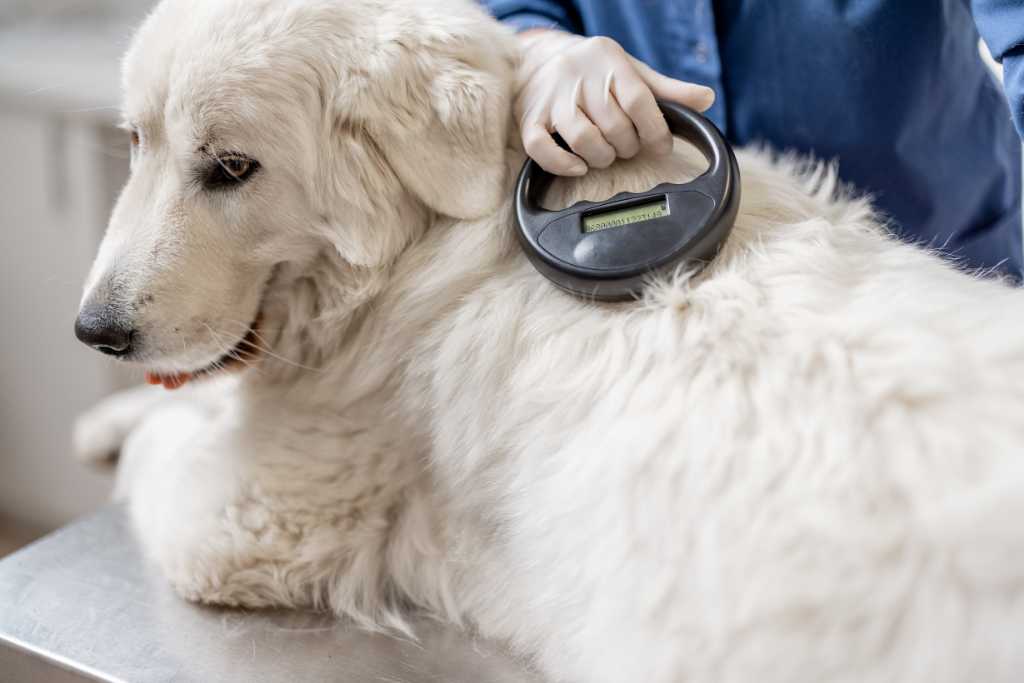
In many countries, microchipping pet dogs is a legal requirement. In Singapore, all pet dogs must be licensed and have their microchip registered under the Animals and Birds (Dog Licensing and Control) Rules. Please refer to AVS’ website - Dog licensing - for more details on how to license your pet dog. By adhering to these regulations, you demonstrate your commitment to responsible pet ownership and contribute to the enforcement of pet ownership laws. These laws help protect animals, prevent animal abuse and neglect, and aid in the resolution of ownership disputes.
Microchipping acts as a deterrent to dog theft. Stolen dogs can be difficult to identify or prove ownership of, making it challenging for rightful owners to recover their beloved companions. However, when a microchip is present, thieves face a significant obstacle. Selling or disposing of a microchipped dog becomes riskier, as scanning the chip can immediately raise suspicions about the dog's origin. In cases where a stolen dog is recovered, microchipping can provide evidence of ownership, which can help to resolve any disputes that may arise.
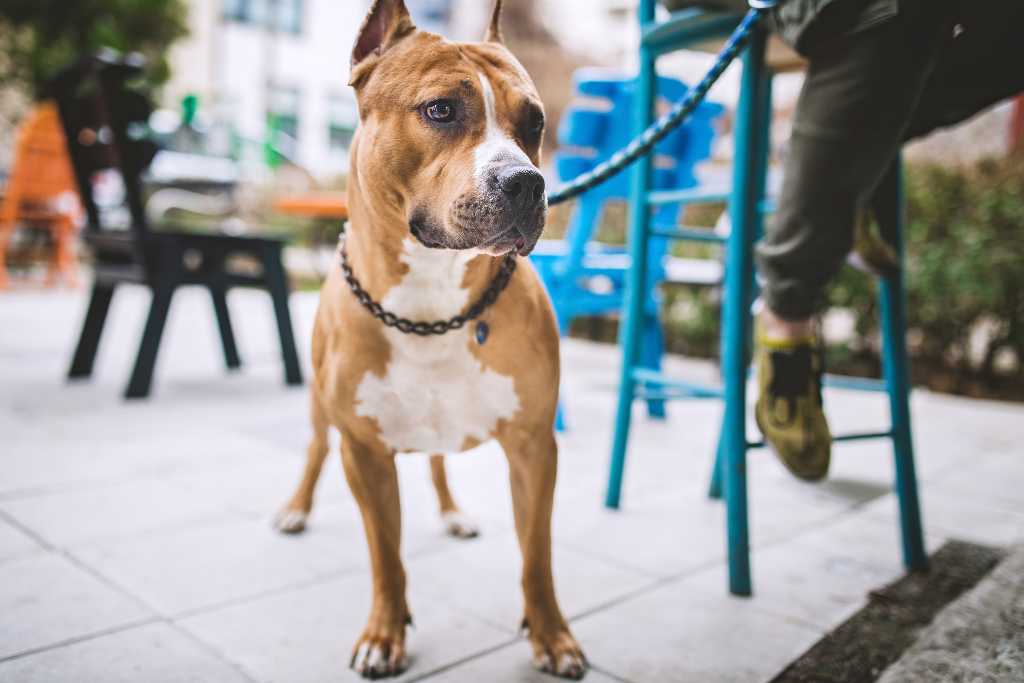
Microchips do not have GPS capabilities and cannot provide real-time location information while a GPS device may tell you where your dog is, but it can’t provide your contact information to the rescuers. Microchips, because they’re inserted into a dog’s skin, are permanent. While they can’t guide you to your dog’s location, they provide a way for you to be contacted, by almost any veterinarian or shelter, if your pup is brought in. GPS devices and microchips aren’t substitutes for each other; they’re complimentary, and each is useful to locate a lost dog in different ways. If you're interested in real-time tracking, you may want to explore separate Pet GPS tracking devices.
Microchips are great but are also far from foolproof. What could go wrong?
Movement
Once implanted, the microchip usually becomes surrounded by connective tissue, helping to keep it in place. In some rare cases, a microchip may migrate within the body over time. This movement can occur due to factors such as the dog's growth, muscle activity, or changes in body composition. If someone is scanning between the shoulder blades and it has migrated, they can easily miss it.
Outdated Info
It is not uncommon for pet owners to forget or neglect updating their contact details on the centralised database associated with their pet's microchip. While many dog owners are diligent about keeping their information up to date, others may overlook this important task due to various reasons, such as a change in address, phone number, or ownership.
If the information in the database is outdated or inaccurate, it can make it difficult for the person who finds the pet to reach out to the owner and facilitate a reunion. In such cases, the microchip may not fulfil its intended purpose of providing a reliable means of identification. Microchipping is one of the best ways to increase the chances of your pup being found, but it's important not to rely solely on microchips for your pup's safety.
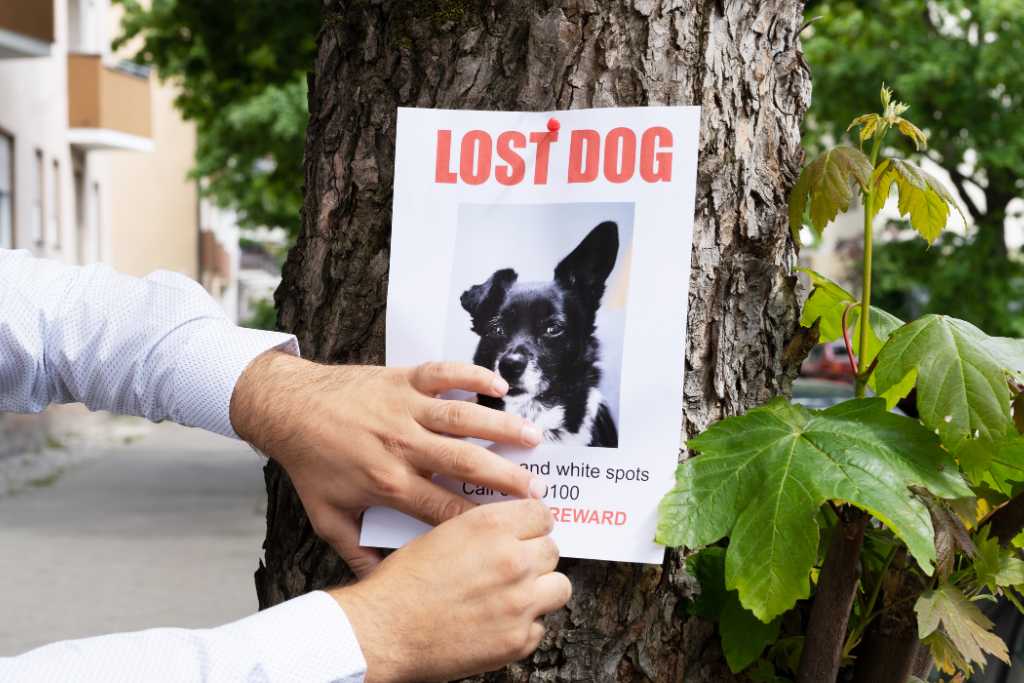
Secure your property Ensure that your home and garden have secure fencing or gates to prevent your dog from accidentally wandering off. Regularly inspect and repair any potential escape routes or gaps in fences to maintain a secure environment. If you can’t secure the entire garden, consider fencing off a section of your garden for your dog. Portable exercise pens like this Dr.Cage Play Pen For Dogs is practical, easy to set up and is suited for both indoor & outdoor use. Install baby gates inside to block your dog’s access to escape. Insist that everyone — family and guests alike — makes sure the dog is behind the barrier before they go out the door or greet a visitor.
Supervision and leash training
Whenever your dog is outside, provide proper supervision and ensure they are on a leash or within a secure, enclosed area. This is especially important in unfamiliar or high-traffic areas where the risk of getting lost or injured is higher. If you have a reactive dog that is still undergoing training, try the FREEDOM No-Pull Harness & Leash (Purple/Black) For Dogs that comes with a patented control loop on the back of the harness, which tightens gently around your dog's chest to discourage pulling.
Training and reliable recall
Train your dog to come when called reliably. This is an essential command that can help prevent your dog from straying too far or running off. Positive reinforcement training techniques, such as rewarding desired behaviour with training treats, praise, or play, are highly effective for teaching recall. Make coming to you a rewarding experience for your dog by providing high-value rewards and enthusiastic praise whenever they respond to your recall command.
Start in a controlled environment. Begin training in a quiet and familiar space with minimal distractions. Gradually increase the level of difficulty as your dog becomes more proficient. Move to more challenging environments, such as a fenced backyard or a quiet park, to reinforce the recall command in different settings. You may want to consider using a longer leash like this Loyal.D Long Nylon Dog Leash (Adjustable) - 4.5m in the early stages of training. A long-line leash will give your dog some freedom to explore while still being under your control. This allows you to gently guide them back to you if they fail to respond to the recall command.
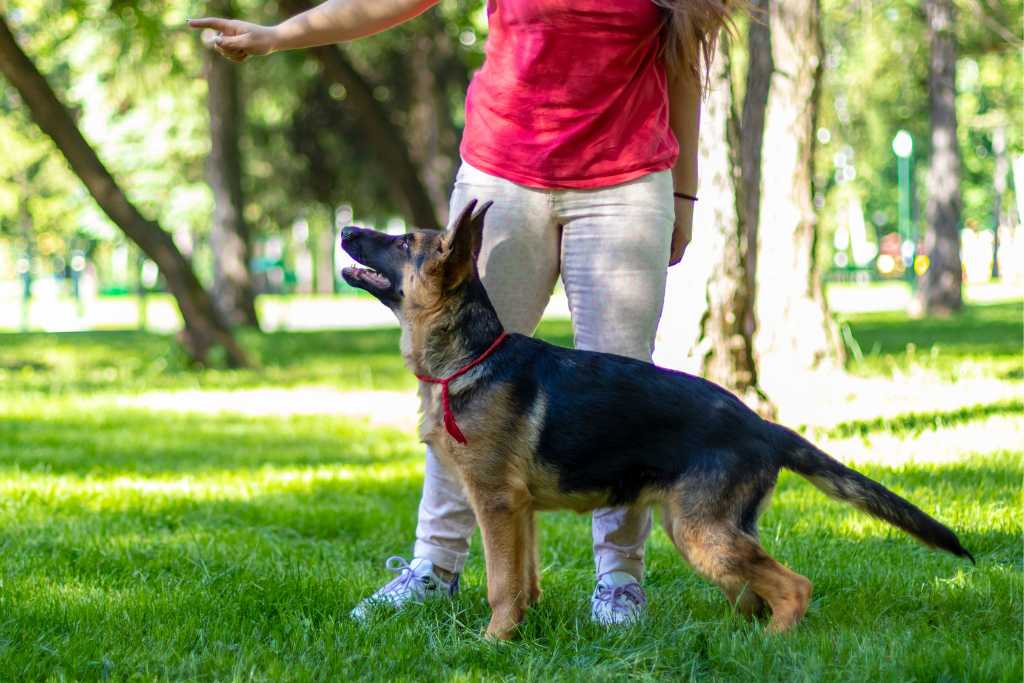
Identification tags and visible collars
Ensure your dog wears a collar with up-to-date identification tags that include your contact information. Check out this martingale collar - Ruffwear Web Reaction™ Reflective Buckled Martingale Dog Collar that comes with a separate ID tag attachment point, a silicone tag silencer, and a REFLECTIVE Tubelok™ webbing. The ID tag should be easily readable. In case your dog does become lost, it increases the chances of someone contacting you directly without the need for specialised scanning equipment.
Spay/neuter your dog
Having your dog spayed or neutered can reduce their desire to roam and wander in search of a mate. This can help mitigate the risk of your dog becoming lost due to reproductive instincts.
Use a GPS tracking device
Consider utilising a GPS tracking device specifically designed for pets. These devices can help track your dog's location in real-time, allowing you to quickly locate them if they do happen to wander off. GPS trackers typically come in the form of collars or tags equipped with GPS technology.
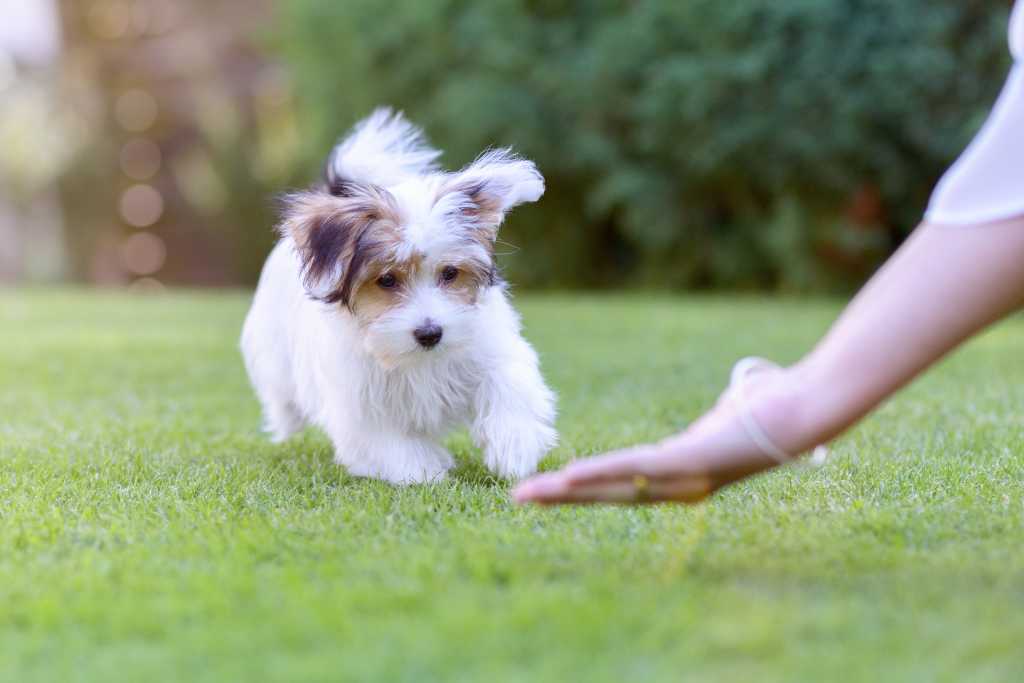
Microchipping dogs offers a range of advantages. It provides a permanent form of identification that remains with your dog throughout its life, ensuring that it can be easily identified if it becomes lost or found. It increases the chances of a lost dog being reunited with its family by enabling swift contact with the registered owner. Not to mention that microchipping is a legal requirement in some countries. While a microchip is a valuable tool for identification, it is best to use it in conjunction with other identification methods, such as visible tags on collars. This multi-layered approach helps ensure that even if a microchip were to migrate or become undetectable, there are still other means to identify and locate a lost pet.

Comments will be approved before showing up.
Your dog's body detoxes naturally, but daily exposure to chemicals and pollutants can overwhelm them. Learn safe ways to support...
Arthritis can make movement painful for dogs, but the right diet can help improve comfort and mobility. Learn how weight...
Dogs can eat raw food, but random meat pieces aren’t balanced. Learn the challenges of DIY raw feeding and why...



